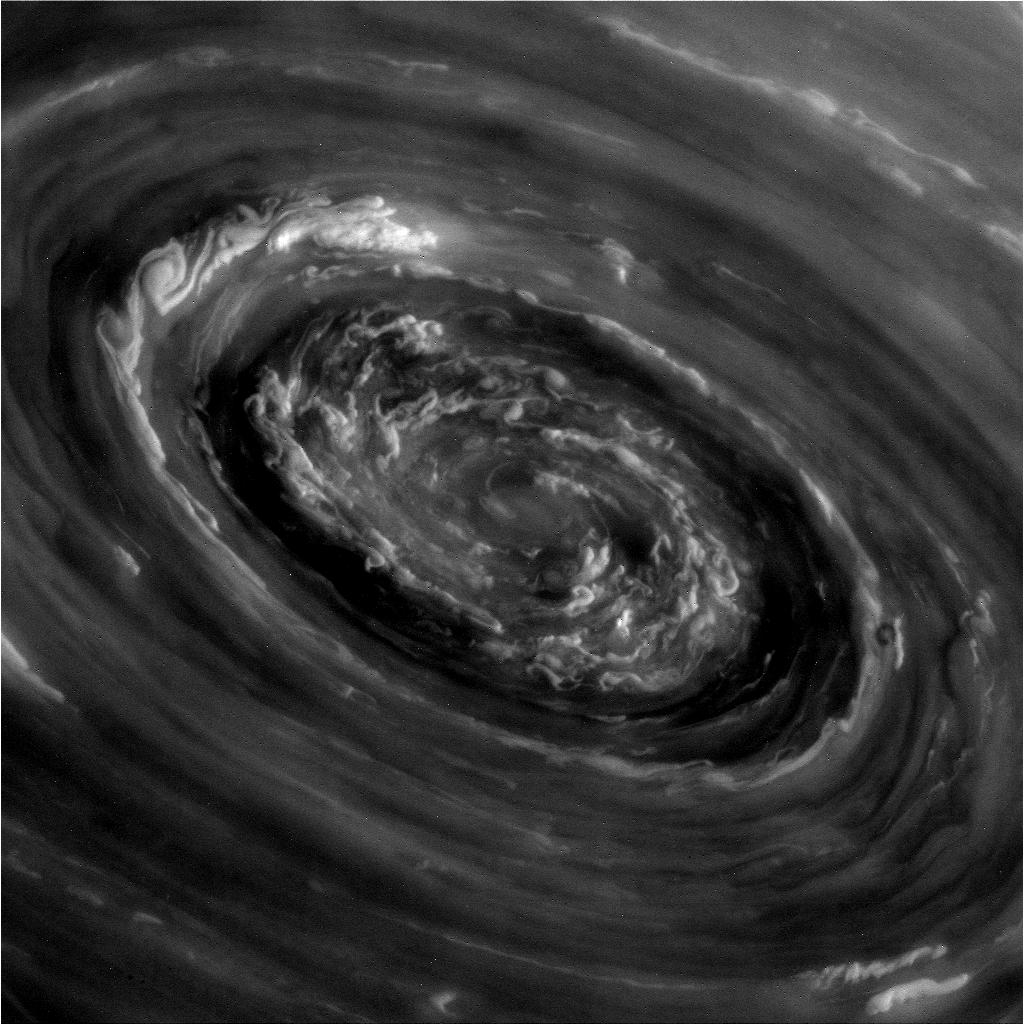
Figure 1 – Into the maelstrom. Image of Saturn’s North Pole taken by the Cassini satellite on November 22, 2012. NASA/JPL-Caltech/Space Science Institute and in the public domain in the United States.
It seems appropriate to take note of the pending death of the Cassini Spacecraft, which for nearly two decades has been amazing us with photographs of Saturn and its moons. Figure 1 is a striking example of the images taken by these beautiful robot eyes. This image from NASA’s Cassini mission was taken on Nov. 27, 2012,using its narrow-angle camera. The camera was pointing toward Saturn’s North Pole from approximately 224,618 miles (361,488 kilometers).
Cassini will “not go gently into that good night.” Its final set of “low altitude” orbits of the planet are taking it within the Saturnine Ring System. Over the period of April and September 2017, Cassini will execute a series of twenty-two orbits that will dive between the planet and its rings. On its final orbit, Cassini will plunge into Saturn’s atmosphere, sending back data and images of its own suicide. Congratulations NASA and congratulations Jet Propulsion Laboratory.
One is tempted in writing this epitaph to say something like, who could have imagined such a thing. But the answer to that question was a boy who five decades ago sat in the cool darkness of New York’s Hayden Planetarium, watching the planetary orbs circling in mechanical precision against the stars projected upon a pitch-black darkness. The air was always cool and paradoxically there was always oxygen to breathe. He dared to imagine.
